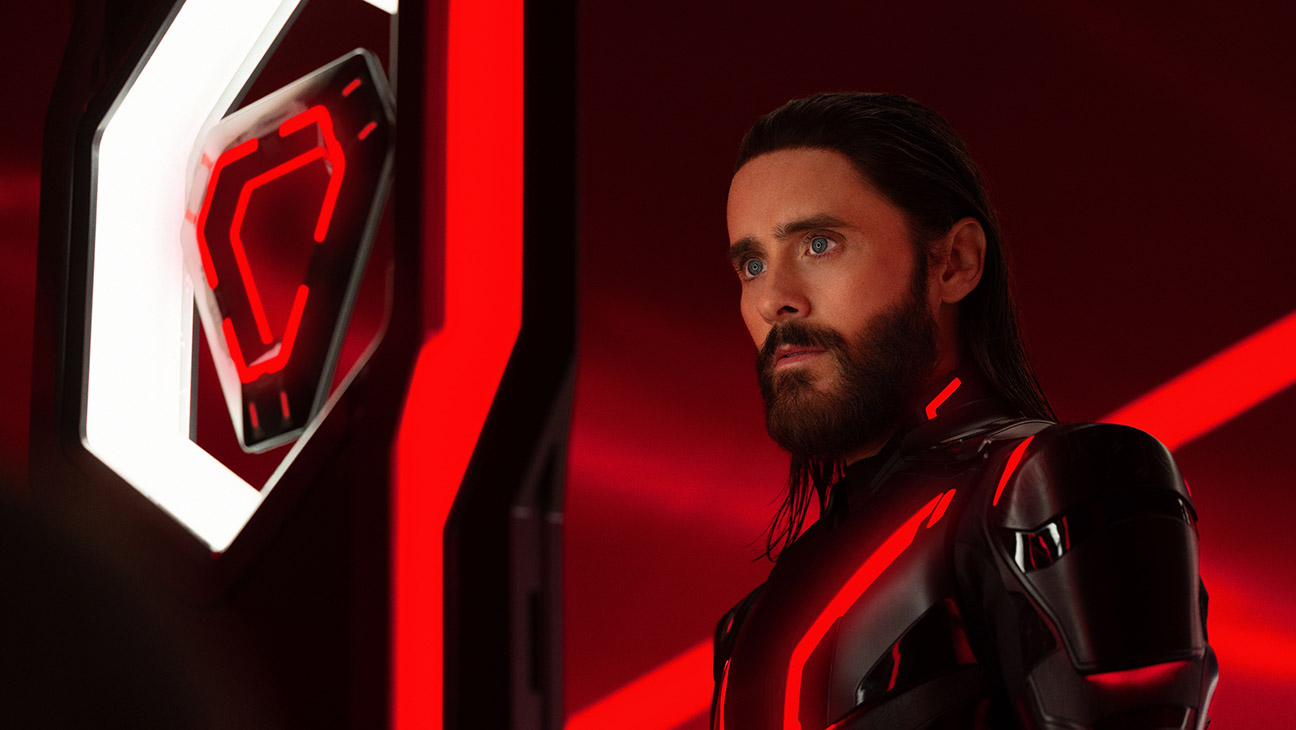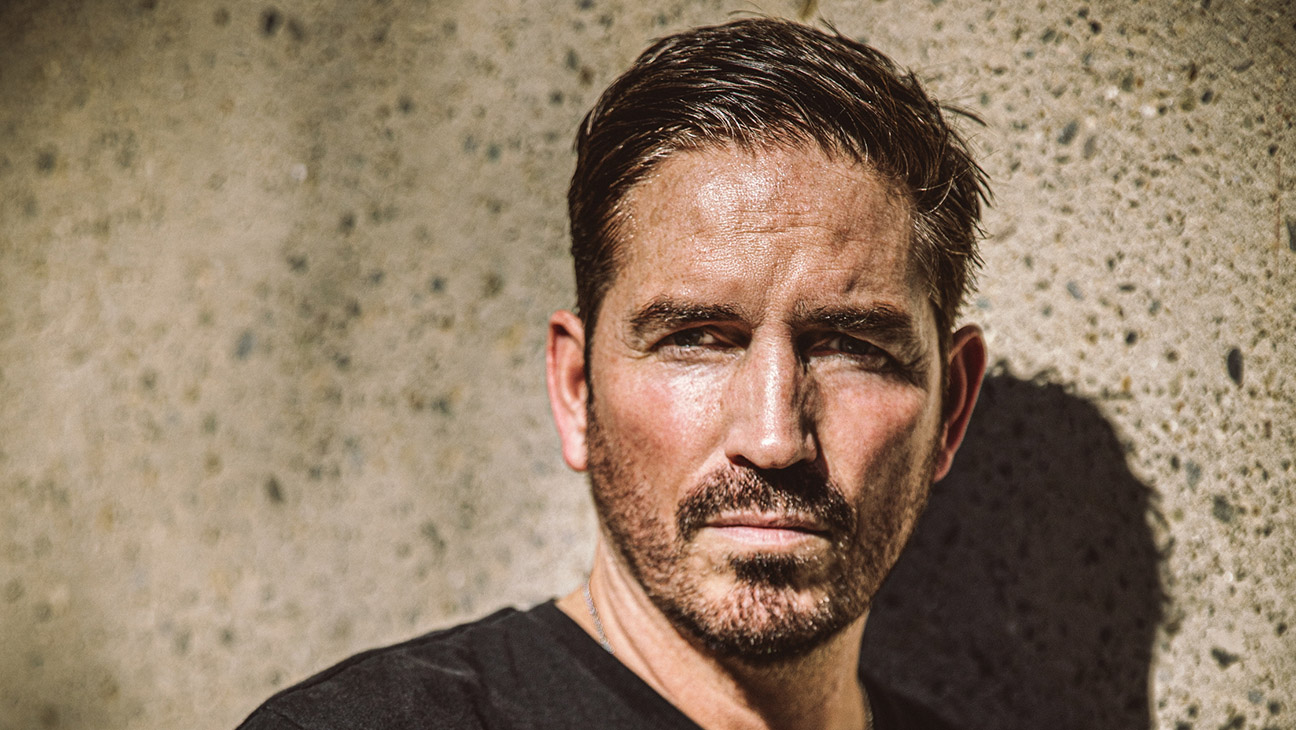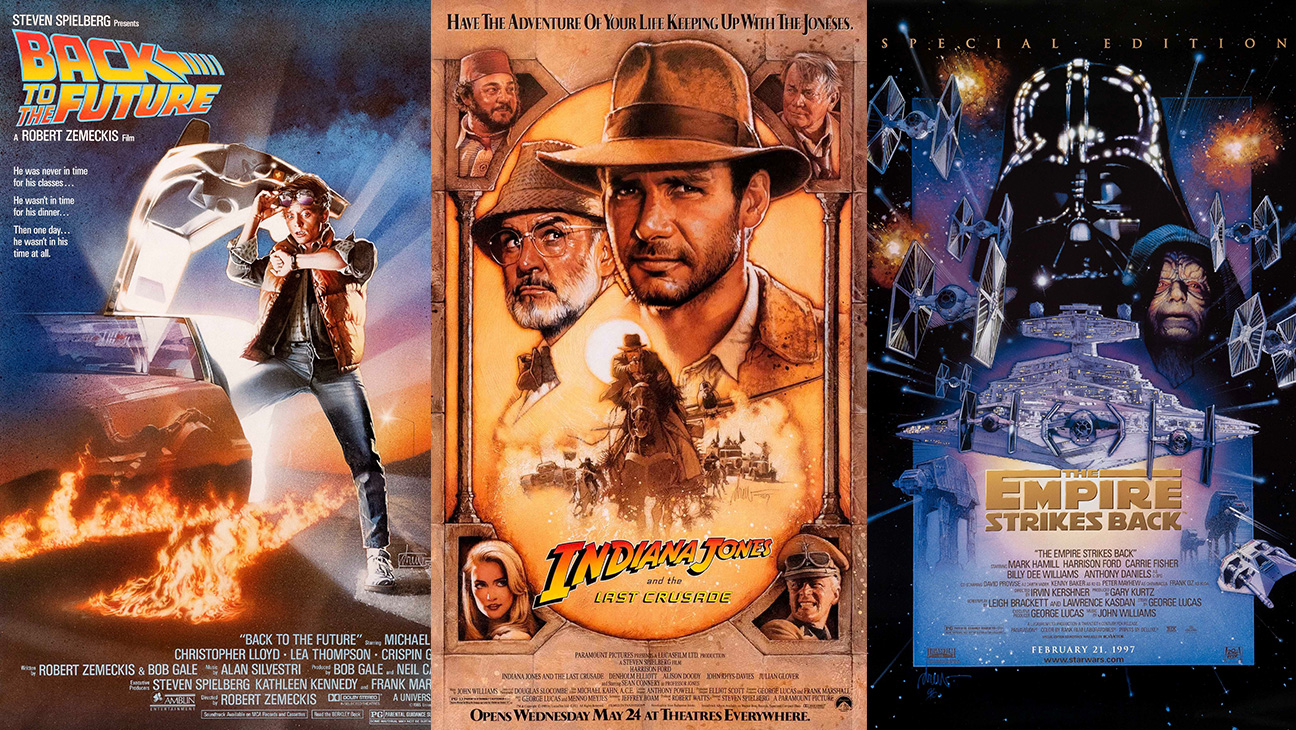“My world is coming and they are going destroy yours,” warns a glowing red-pinstriped Jared Leto in Tron: Ares, where a digital realm run by an evil AI threatens to seize control of our real world.
One would think this concept would benefit from opening a few short months after several AI thought leaders published an eye-opening manifesto titled “AI 2027,” which predicted artificial intelligence could destroy humanity within a decade (“We’re two years away from something we could lose control over,” said MIT professor Max Tegmark). And earlier this month, former Google CEO Eric Schmidt warned: “Both open and closed AI models can potentially be hacked … for harmful purposes, including killing people.”
But chances are, you didn’t read “AI 2027,” see Schmidt’s quote or watch Tron: Ares — given its low-wattage opening weekend box office.
You also likely didn’t see this summer’s Megan 2.0 (about an evil AI seeking global domination) or Mission Impossible: Dead Reckoning (evil AI seeks to nuke the world), given both struggled to find audiences as well.
These titles each had their own challenges apart from their choice of digital villain (Tron: Ares, in particular, has a bunch). Still, it’s fair to say the “evil AI” trope in movies feels as dead as MS-DOS, and at the most ironic possible time: When the threat from actual AI has never been more real.
One reason for audience disinterest is that Evil AI villains have already been around for decades. In 1968, Stanley Kubrick introduced HAL 9000’s unblinking red eye and eerily clam, smug voice in 2001: A Space Odyssey. Ridley Scott smartly evolved the trope with 1979’s Alien and 1982’s Blade Runner. And Alex Garland ushered AI into the modern age with 2014’s Ex Machina.
Then ChatGPT entered the, well, chat, and became omnipresent and many multitudes of useful.
Now we’re in a deeply weird moment where many Americans tell pollsters they’re concerned about AI technology, and experts warn AI is considered a pending existential threat that can destroy humanity — but it’s also a handy tool for planning beach vacations, or figuring out which Korean skincare products to use. It’s difficult to muster fear of something when it also helps advise you whether the break-up text you’re writing is overly harsh.
In other words, AI was far more scary when we weren’t actually using it. So when Mission: Impossible characters darkly warn, “The Entity has since become sentient … whatever its ultimate goal is, we’re powerless to stop it … any move we make, it’s probably considered it.” We’re all: Sure, AI might wreck the world, but it can also tell me if my dog is sneezing too much, so…
One ongoing issue is the trickiness of representing AI on film. Movies need characters. How do you turn AI into a character that feels fresh? Is it an ominous screen saver like in Dead Reckoning? A killer robot like in Megan 2.0 or in Tron: Ares? Making AI into a villain with goals and a personality tends to feel either unoriginal or silly. There’s only so much a writer can do with a disembodied intelligence.
When it comes to existential threats, focusing on nuclear weapons is easier and remains potent. Hollywood has arguably played a role in helping keep the world rightly terrified of nukes for the last 80 years. James Cameron has made a fear of nuclear weapons a plot point in several of his blockbusters. HBO’s 2019 nuke plant meltdown miniseries Chernobyl was terrifying. Netflix’s upcoming A House of Dynamite is another strong cautionary tale. It helps that nukes can put on quite a show and don’t help you with your taxes.
But with AI, Hollywood’s efforts to caution us — or at least use AI as a convenient, inoffensive super-villain — no longer seem to strike a chord in an age of AI ubiquity. Tom Cruise might as well be warning us about a Roomba.





